Pineapple in Costa Rica
In the global pineapple market that generates $2,000 million per year, Costa Rica dominates the landscape with two out of three pineapples coming from its very own producers. Find out the complete guide about pineapple in Costa Rica in this article!
Within the country, there are more than 58,000 hectares dedicated to pineapple production, delivering 32,000 direct jobs and 120,000 indirect jobs to local producer communities and the nation at large.
It is commonly known that Costa Rica is the main producer and exporter of pineapple in the country, not only because of the volume it has, but also because of the unique quality it offers in the fruit.
Sweetness, texture, sizing and other characteristics are worldwide recognized to Costa Rica and that’s why it’s a quality stamp in every supermarket around the world.
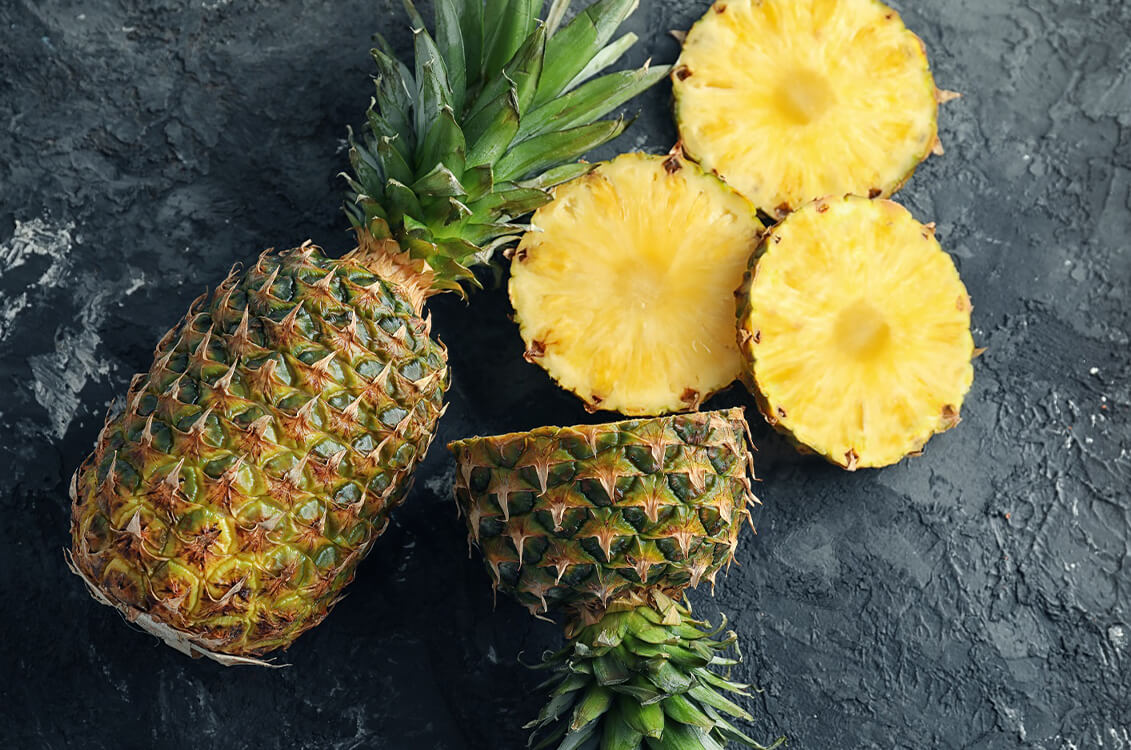
History of the Pineapple in Costa Rica
Costa Rica began exporting the Cayenna Lisa pineapple species in 1986. Later, it added Champaca and, as of 2001, it added the Golden variety, which has given Costa Rica a reputation as a world-class pineapple producer.
The Golden pineapple marked the beginning of the country’s growing pineapple production in 2000. Up to that time, the country’s Southern and Northern Zones totaled an estimated 11,000 hectares. But as export prospects increased, so did producers and the number of hectares planted.
The National Chamber of Pineapple Producers and Exporters (CANAPEP) was formally established on March 24, 2003 as a private, non-profit organization with the mission to attract pineapple producers, manufacturers, and exporters to cooperate with environmental, labor, and social standards organizations.
Why Costa Rica is a Pineapple Powerhouse?
One of the key components that makes Costa Rica a powerhouse in the pineapple crops, is the climate it has. Pineapple is a fruit that best grows when there’s a mix between rain and sun.
Thanks to the microclimates the country has, allows to have crops in different areas of the country that combines perfectly with the fertile land due to old volcano activity.
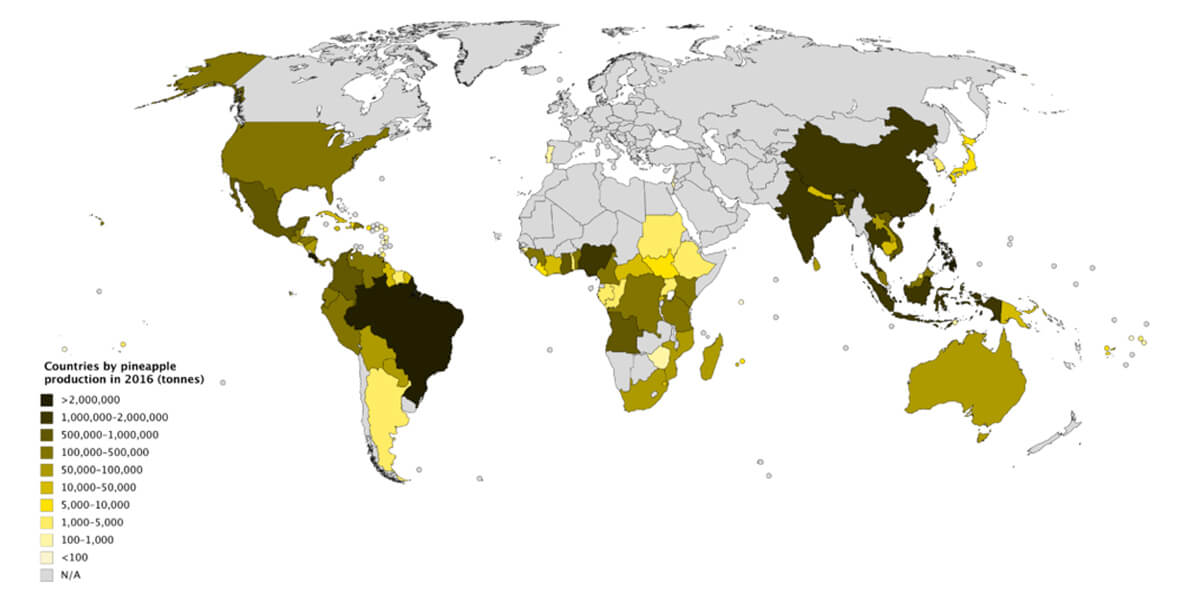
In Costa Rica, pineapple is an agricultural product that maintains a sustained growth of the planted area in recent years, currently, it is estimated a cultivated area close to 30,000 hectares, where fruit is produced that exceeds the quality standards of other major pineapple producing countries.
According to studies carried out by multinational companies, Costa Rica is the country with the best environmental conditions for pineapple cultivation. Due to the climatic characteristics of the country, the production cycle is 9 months earlier than in other pineapple producing countries in the world.
Costa Rica produces year-round, and production peaks can be induced depending on market behavior, which represents a low comparative advantage.
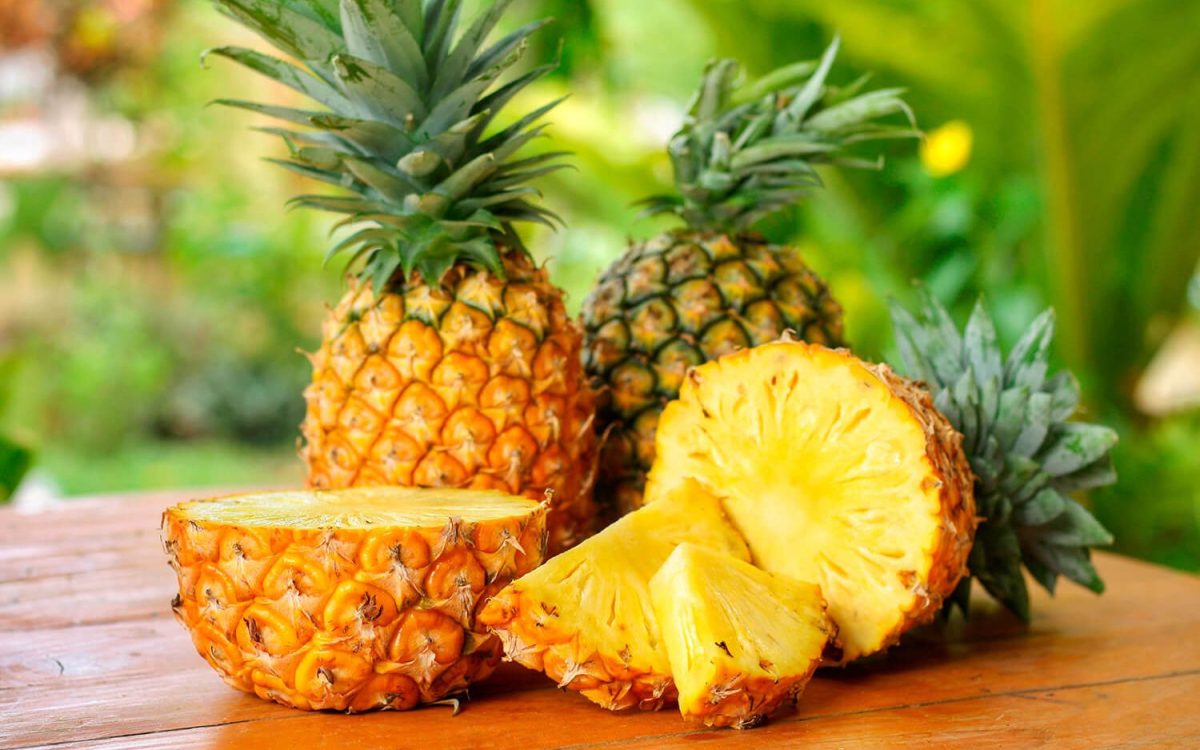
The Pineapple Industry’s Economic Impact on Costa Rica
Costa Rica has established itself as a major player in the global pineapple industry, with significant exports to markets in the United States and Europe.
These regions are the largest consumers of Costa Rican pineapples, accounting for the majority of shipments. However, the country also faces challenges in expanding its presence in other regions, such as Asia and the Middle East.
Key Export Markets
The United States and Europe remain the dominant destinations for Costa Rican pineapples, where demand has been consistently strong. While Costa Rica also exports pineapples to Asia, the volumes remain relatively low due to logistical challenges.
One of the primary obstacles is the long transit times required to ship fruit to certain Asian markets. To reach the Middle East, for example, pineapples must first be shipped to Italy and then transferred to another vessel, a process that adds significant delays.
The market in China, which initially showed promise, also faced setbacks when quality expectations for external color were not met. These challenges have led to a decrease in pineapple exports to Asia, even though the fruit initially found success in the region.
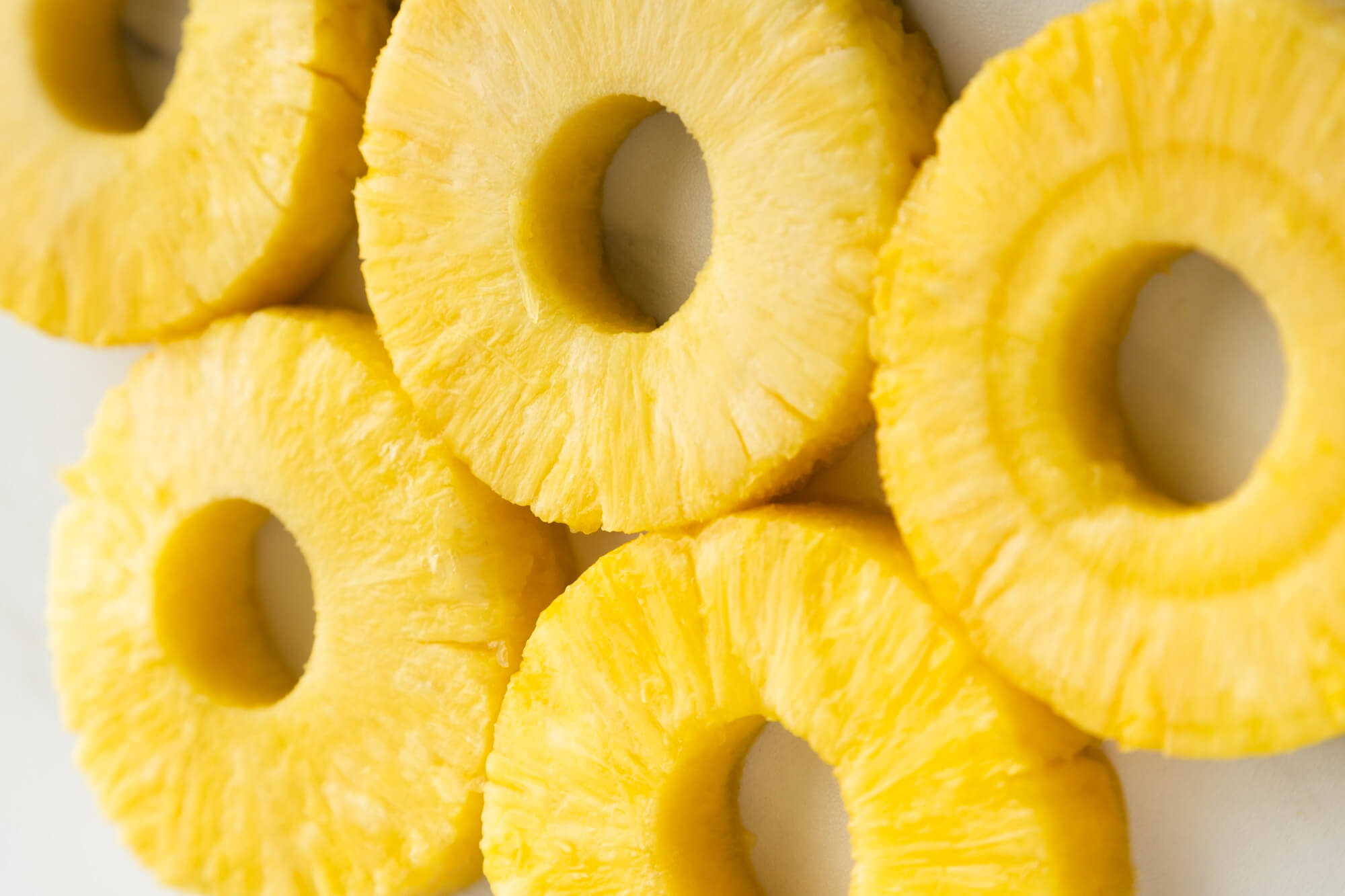
Dominance in the U.S. Market
Costa Rica’s entry into the U.S. market was pivotal in the growth of its pineapple industry. Early on, per capita consumption of pineapple in the U.S. was low, primarily because the quality of imported fruit from Mexico did not meet consumer expectations. However, Costa Rican producers introduced the Golden MB-2 pineapple, a variety that quickly became popular due to its superior quality.
As a result, Costa Rica now supplies around 84% of the pineapples consumed in the U.S., with a significant presence across the East and West coasts as well as the central part of the country.
Today, the U.S. market also imports pineapples from other countries, such as Mexico, Ecuador, Honduras, and Panama. However, Costa Rica’s leadership in this market is firmly established, and the country continues to be a major supplier of fresh pineapples.
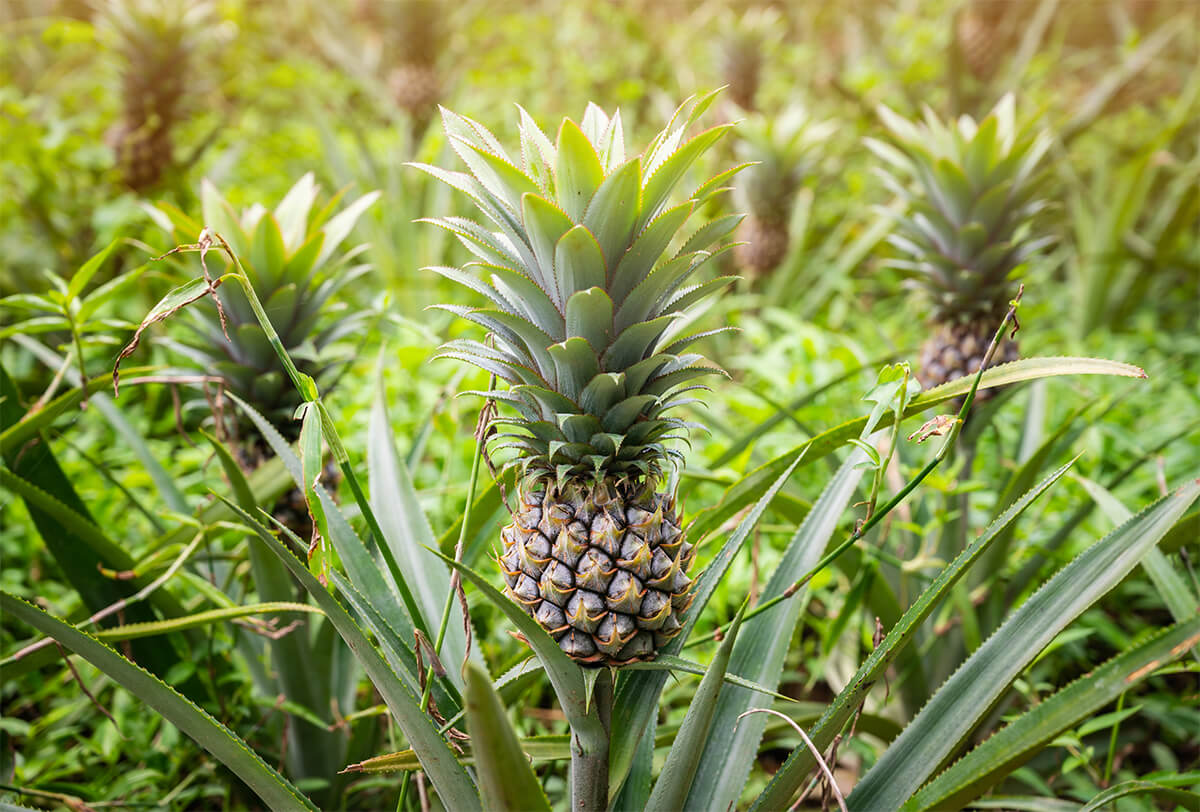
Sustainable Pineapple Farming in Costa Rica
The Costa Rican pineapple industry is set to benefit from a new initiative aimed at fostering sustainable practices across the sector. A comprehensive guide known as the Manual for Sustainable Pineapple Production has been introduced to promote responsible farming methods that balance productivity with environmental conservation.
This tool is designed to help pineapple producers manage risks effectively, ensure safety standards, and enhance the competitiveness of Costa Rican pineapples in global markets.
The primary focus of the manual is to strike a balance between increasing agricultural productivity and conserving Costa Rica’s natural resources. It aims to promote practices that protect the country’s ecosystems, enhance biodiversity, and ensure that farming activities do not harm the environment or public health.
The manual serves as a key tool to help Costa Rican pineapple producers remain competitive in global markets, which are increasingly focused on the social and environmental impacts of agricultural production. By ensuring that production processes align with these expectations, Costa Rican producers can continue to meet the needs of discerning consumers worldwide.
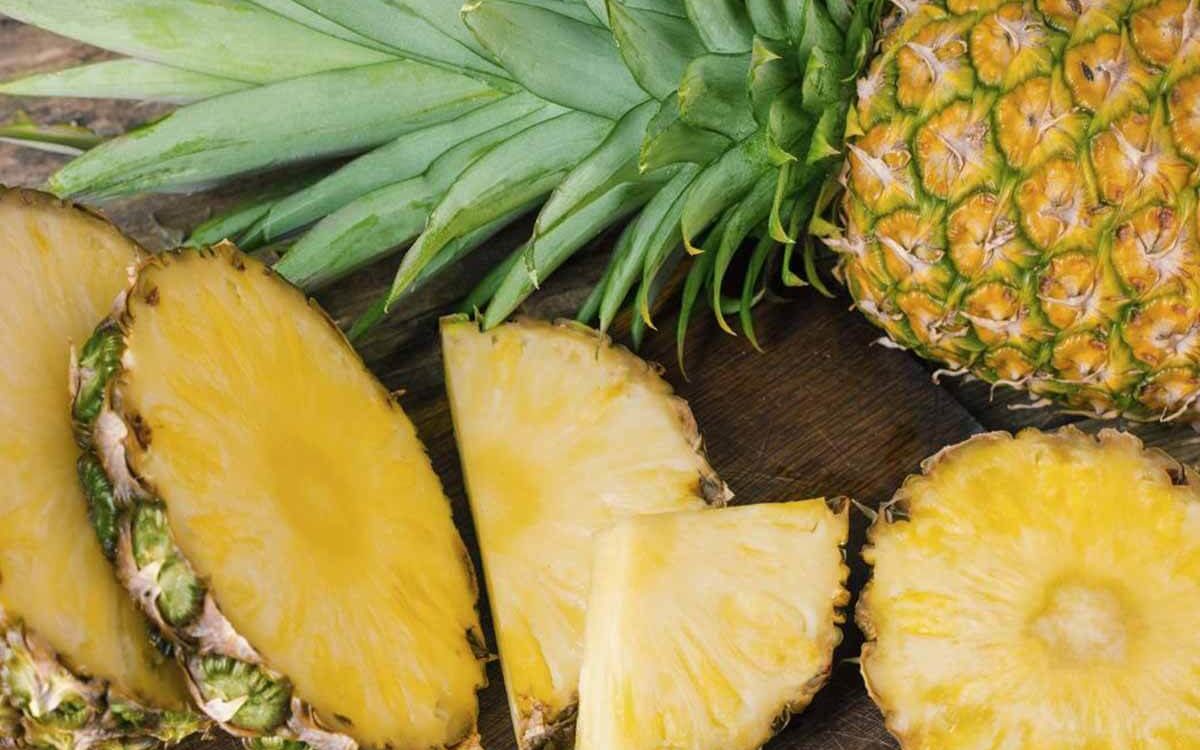
Facts about pineapple
1. The first ever record of the word ‘Pineapple’ dates back to 1398.
The word pineapple in English was first recorded in 1398, when it was originally used to describe the reproductive organs of conifer trees. European explorers discovered a prickly tropical fruit that they began to call pinaepples (term first recorded in that sense in 1664) because of their resemblance to what is now known as the pine cone (originally called pineapples). The term pine cone was first recorded in 1694, and was used to replace the original meaning of pineapple.
2. A pineapple can take up to 3 years to grow and mature into a plant.
You can only receive the fruits of a pineapples labour when it has reached full maturity, which can easily take up to three years. Even still, those grown as houseplants may be reluctant to flower and set fruit at all.
3. Only one pineapple is produced by a single plant in a single season
And after all that time of reaching full maturity… You get a single pineapple. Yes, a pineapple plant will only flower and fruit once per season.
4. A pineapple plant can stay alive and continue giving fruits for up to 50 years
So thats 50 pineapples, in total!
5. A pineapple is not a pine or an apple. Its actually a berry.
It’s all a rouse. Technically, a pineapple is a mass of individual berries fused to a central stalk. If you want to be technical about it, pineapples are a berry.

